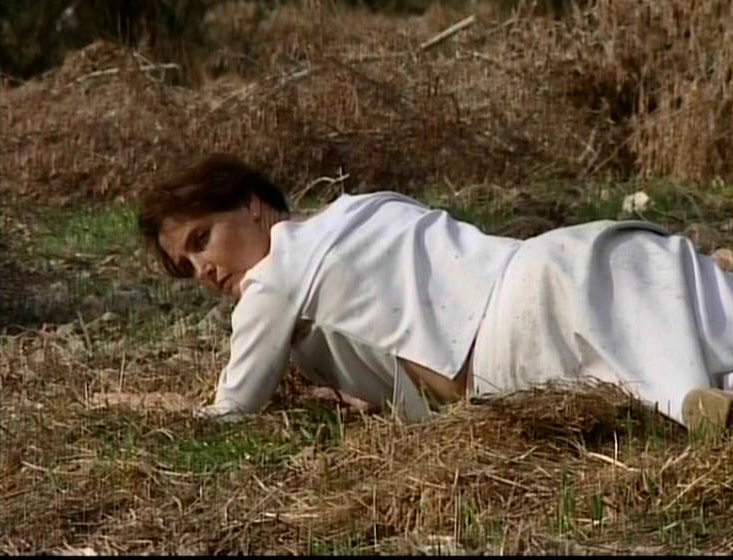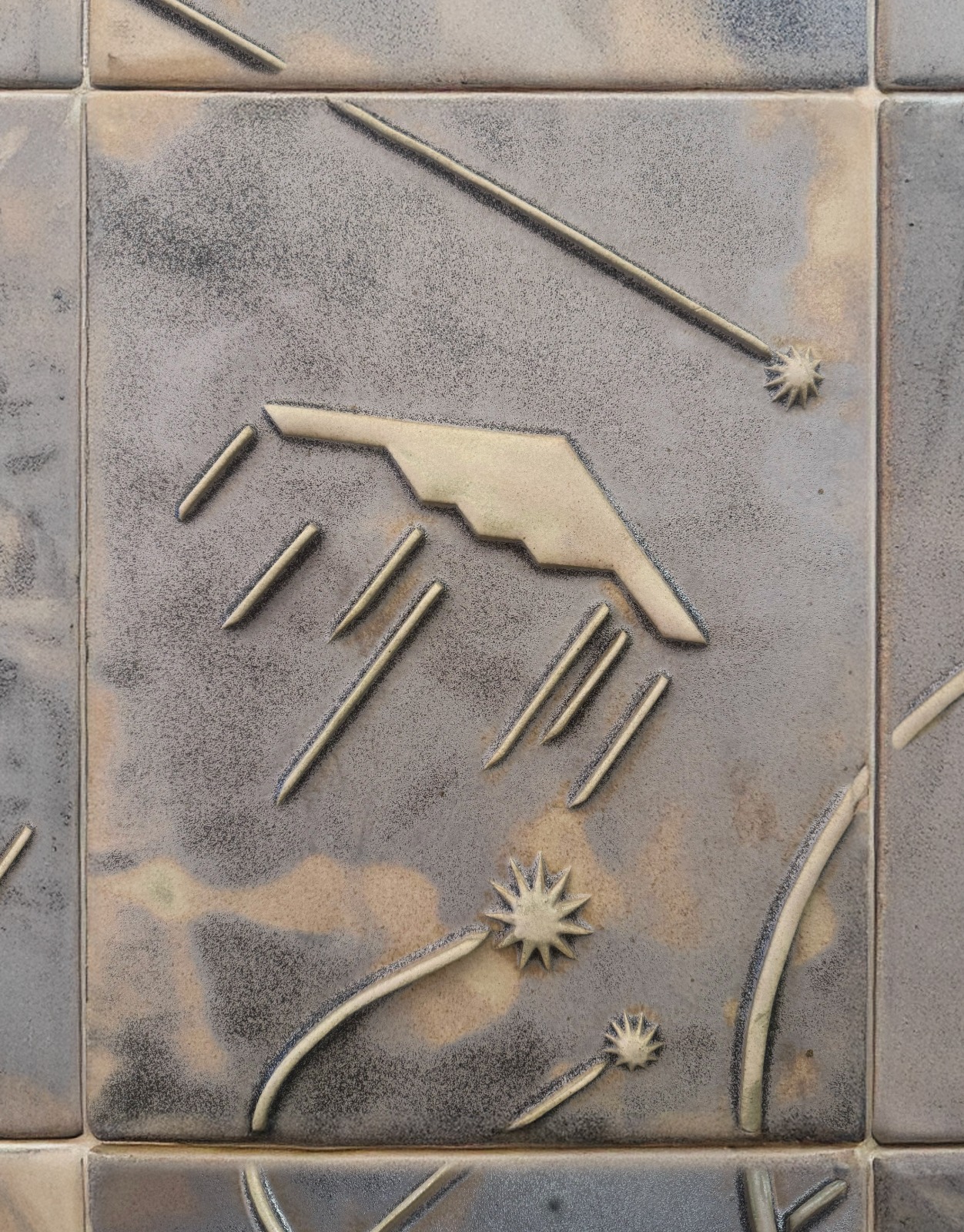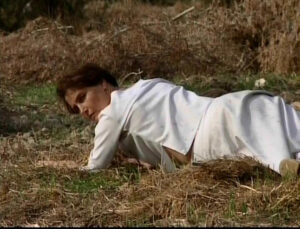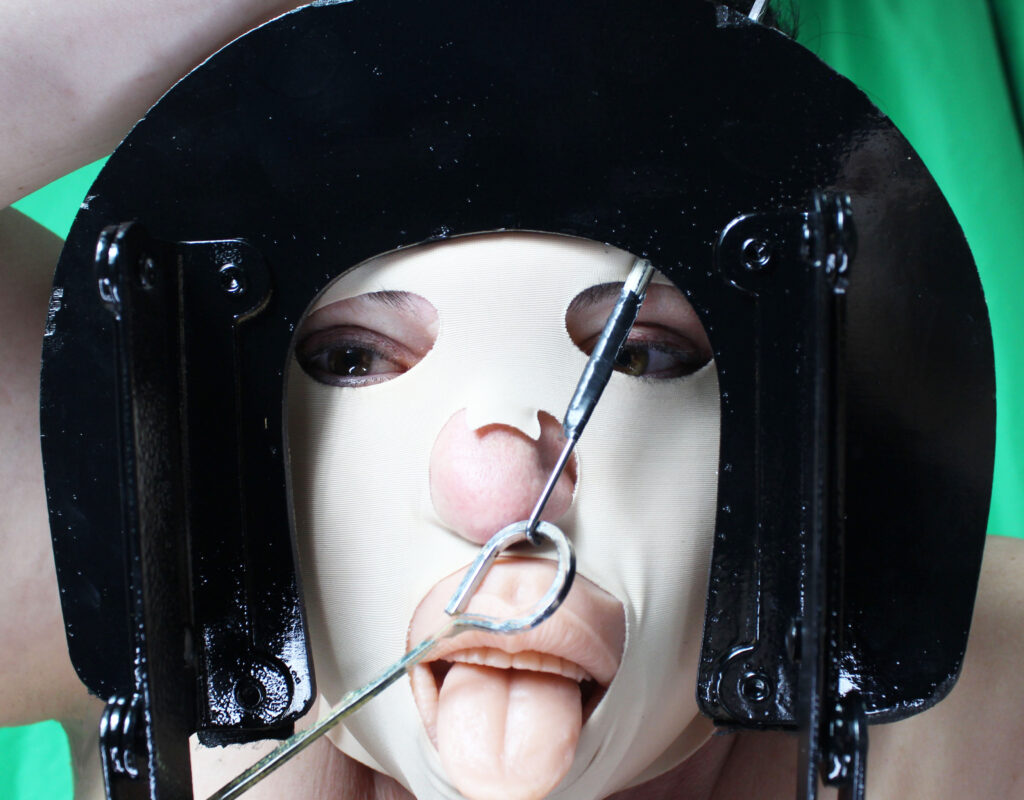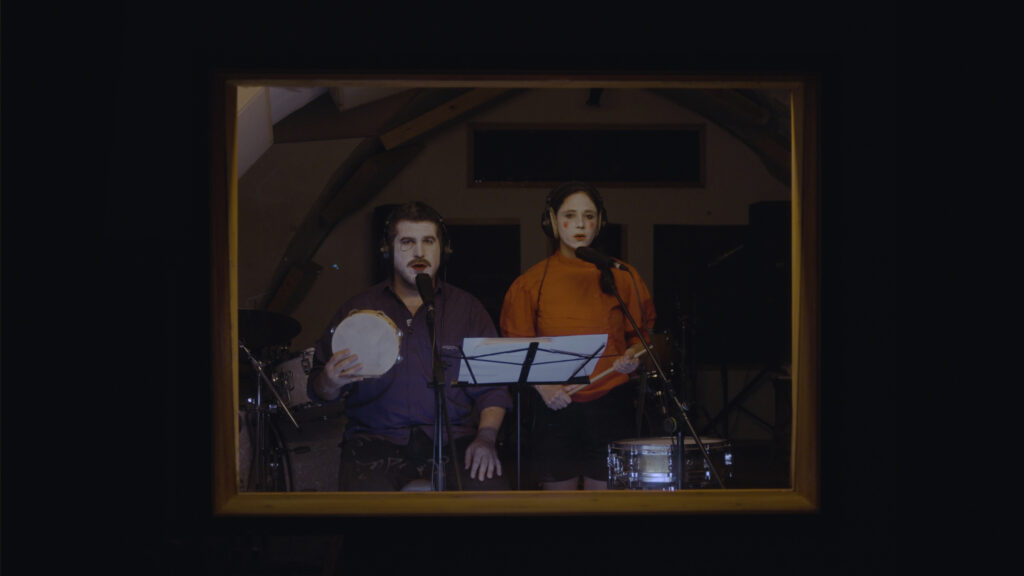Voice.Story
Artists: Semyon Alexandrovsky, Roy Mordechay, Adina Bar-On, Michal Oppenheim Landau, Noy and Tamir, Eli Petel, Nir Evron, Maayan Elyakim
The exhibition Voice.Story draws inspiration from the canonical text by Walter Benjamin,
The Storyteller (1936). The exhibition examines the role of the artist as one who takes upon himself the craft of storytelling in an era where, as Benjamin argues, the modern world is increasingly losing its ability to tell tales.
In his essay, Benjamin describes the storyteller as one who conveys wisdom, experience and memory that passes from generation to generation — not merely as information, but as a living process of shared human experience. He uses the figure of Nikolai Leskov as a model for this tradition, yet the discussion extends beyond the single figure: it is an inquiry into the weakening of storytelling in an age of changing news, communication technologies and the democratization of voices.
For Benjamin, the storyteller grants the listeners a sense that the story is rooted also in their own life. It is a story that is not closed or absolute, but rather open to interpretation and reconstruction — the listeners become storytellers by continuing the weaving process and adding their own layers to it.
The artists participating in Voice.Story create their work by using the same principle. Their works invite viewers to become listeners-participants, to feel that the story belongs to them too, and perhaps to continue and tell it anew. In doing so, they revive what Benjamin defined as the act of shared wisdom, and propose to think of art as a space in which voice and story are interwoven.
Art is the encounter with the objects surrounding us, and through them we tell the story of our lives. Art exists in this meeting point, while the story is created by the gap between the viewers and the artwork. The exhibition also features a reproduction by artist Harry Clarke (1889-1931), based on Hans Christian Andersen’s fairy tale book from 1916, which he illustrated. It is a reproduction that hung in my grandmother’s home, and I remember it from an early age. It may well have been my first encounter with a work of art, through which I developed the ability to tell a story. The object, similar to Benjamin’s text, became a part of my biographical experience, and accordingly it may now become a part of the viewer’s story.
Curator: Meir Tati
31.10.25-21.2.26
CDA Holon
